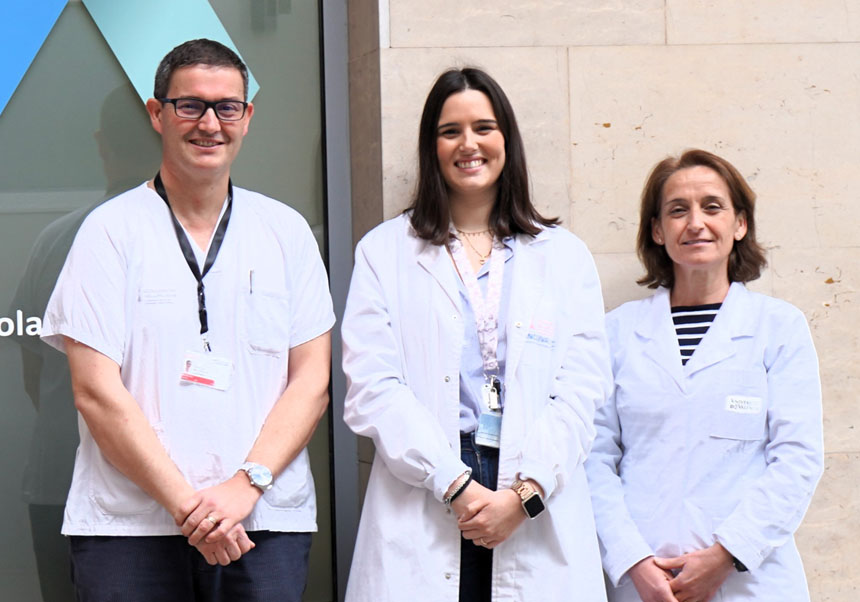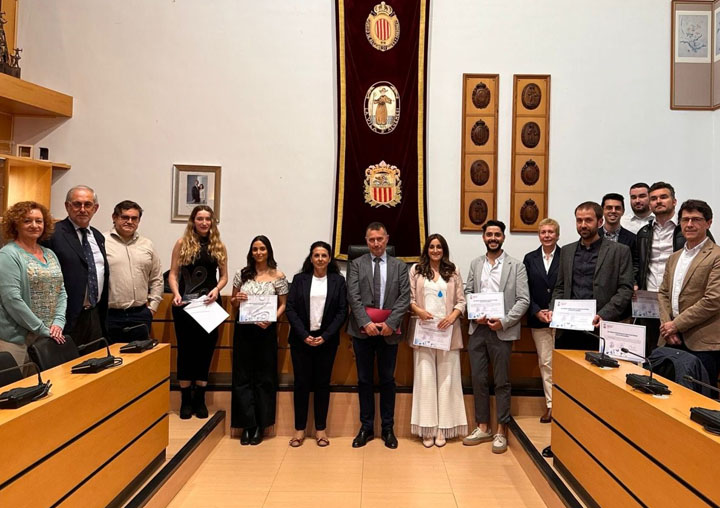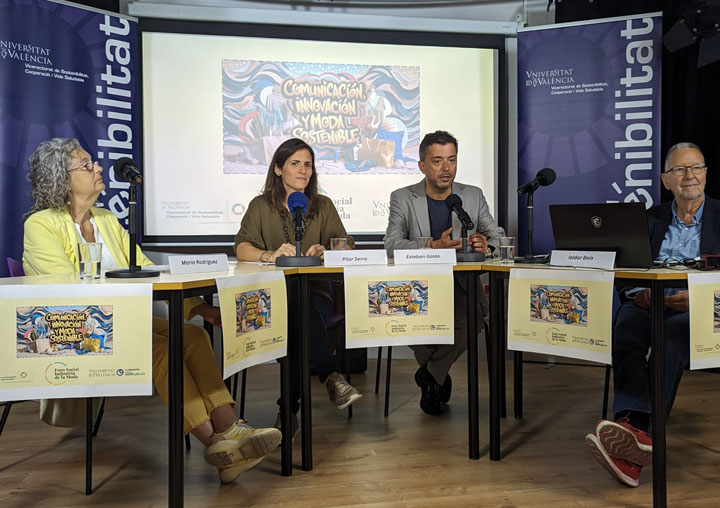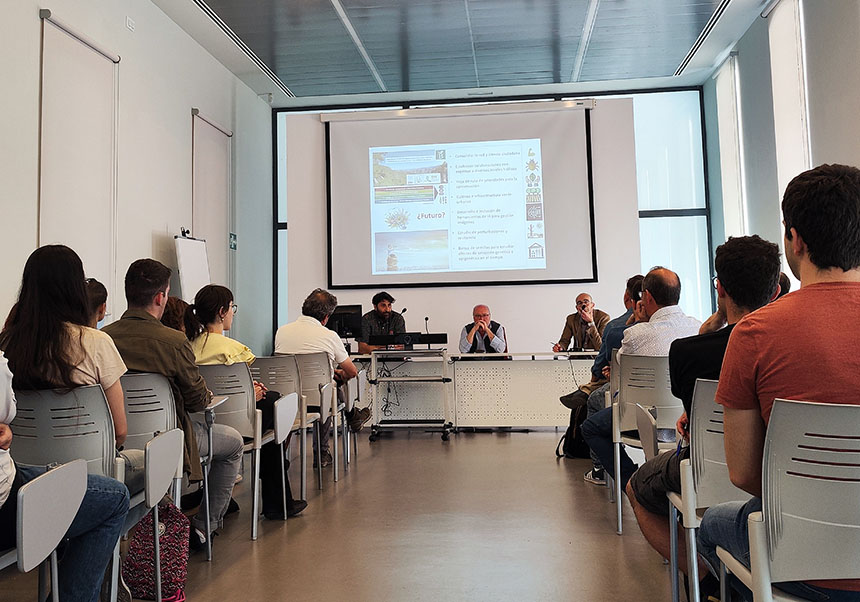Researchers are investigating the anti-inflammatory effect of the cytokine LIGHT to reduce the severity of atherosclerosis
- Scientific Culture and Innovation Unit
- May 6th, 2024

The University of Valencia (UV) and the INCLIVA Health Research Institute of the University Clinical Hospital of Valencia have conducted a study to analyse the effect of the cytokine LIGHT, a molecule that may help reduce the severity of atherosclerotic disease.
Atherosclerosis is a metabolic and inflammatory disease characterised by the accumulation of fat and cholesterol deposits in the walls of arteries, causing them to stiffen. This process represents the leading cause of cardiovascular diseases, as these deposits, called atheroma plaques, contribute to the narrowing and blocking of the arteries, which can lead to myocardial infarction. Additionally, cholesterol plaques can detach from the artery wall and produce a thrombus, a serious cardiovascular problem.
In the research, two mouse models capable of developing atherosclerosis were used: one group that had LIGHT and another that did not. Both were fed a high-fat, high-cholesterol diet to compare the characteristics of their atheroma plaques and inflammatory profiles.
It was concluded that LIGHT-deficient mice have larger and more severe fat deposits, as they are more prone to rupture and to produce thrombi. In addition, when mice lack the cytokine LIGHT, they develop a higher degree of inflammation, which, in turn, worsens the disease.
The study's lead author was Gema Hurtado Genovés, a pre-doctoral researcher at INCLIVA, and it was directed by Herminia González Navarro, a lecturer in the Department of Biochemistry and Molecular Biology at the UV and coordinator of the Metabolic Diseases Research Group at INCLIVA.
This research opens the door to developing new therapeutic avenues that include the local administration of LIGHT into atheroma plaque cells, which could halt the progression of atherosclerosis and reduce inflammation in patients.
To seek clinical translation of the research, a database of human atheroma plaques was utilised. It is concluded that a higher gene expression of LIGHT (equivalent to a higher amount of this cytokine) is correlated with a higher gene expression of different anti-inflammatory factors. Therefore, LIGHT could have an anti-inflammatory effect in humans as well.
The study also involved Dr. Sergio Martínez Hervás, a lecturer of Medicine at the Faculty of Medicine and Dentistry at the UV and principal investigator and coordinator of the Cardiometabolic Risk and Diabetes Research Group at INCLIVA. Gema Hurtado and Sergio Martínez are part of the Diabetes and Associated Metabolic Diseases Networking Biomedical Research Centre (CIBERDEM) of the Carlos III Health Institute. The study was supported by INCLIVA’s Bioinformatics Unit.
This research received funding from the Carlos III Health Institute (Projects PI19/0069 and PI22/00062), the SEA/FEA Scholarship (BIB 07-20), the Paula Project and the Spanish Ministry of Universities (FPU20/04916 contract for researcher Gema Hurtado).
Article reference: Hurtado-Genovés, G., et al., H. (2024). «Light deficiency in Apoe-/-mice increases atheroma plaque size and vulnerability by modulating local immunity». Biochimica et biophysica acta. Molecular basis of disease, 1870(4), 167052. Advance online publication. https://doi.org/10.1016/j.bbadis.2024.167052
















